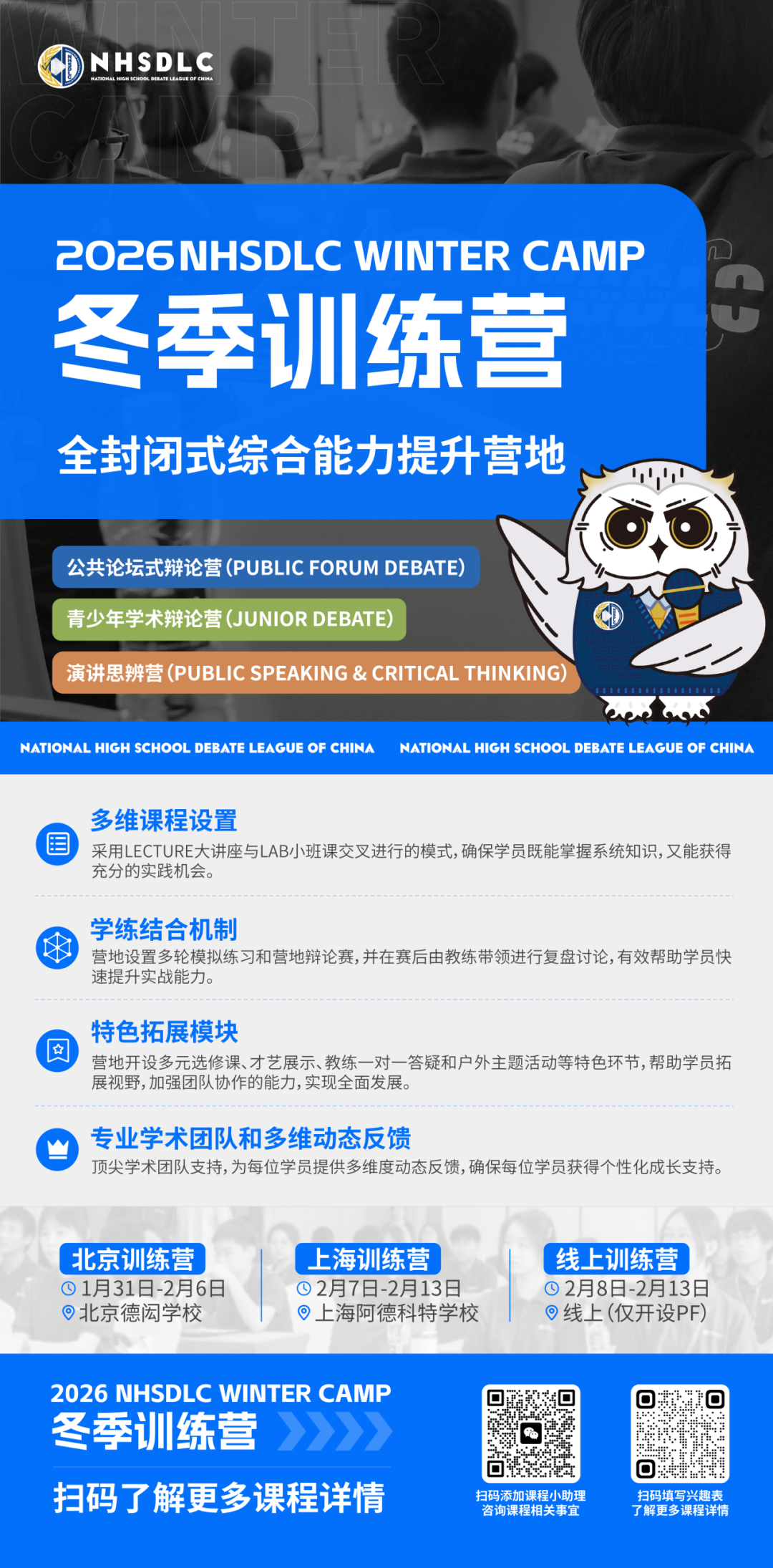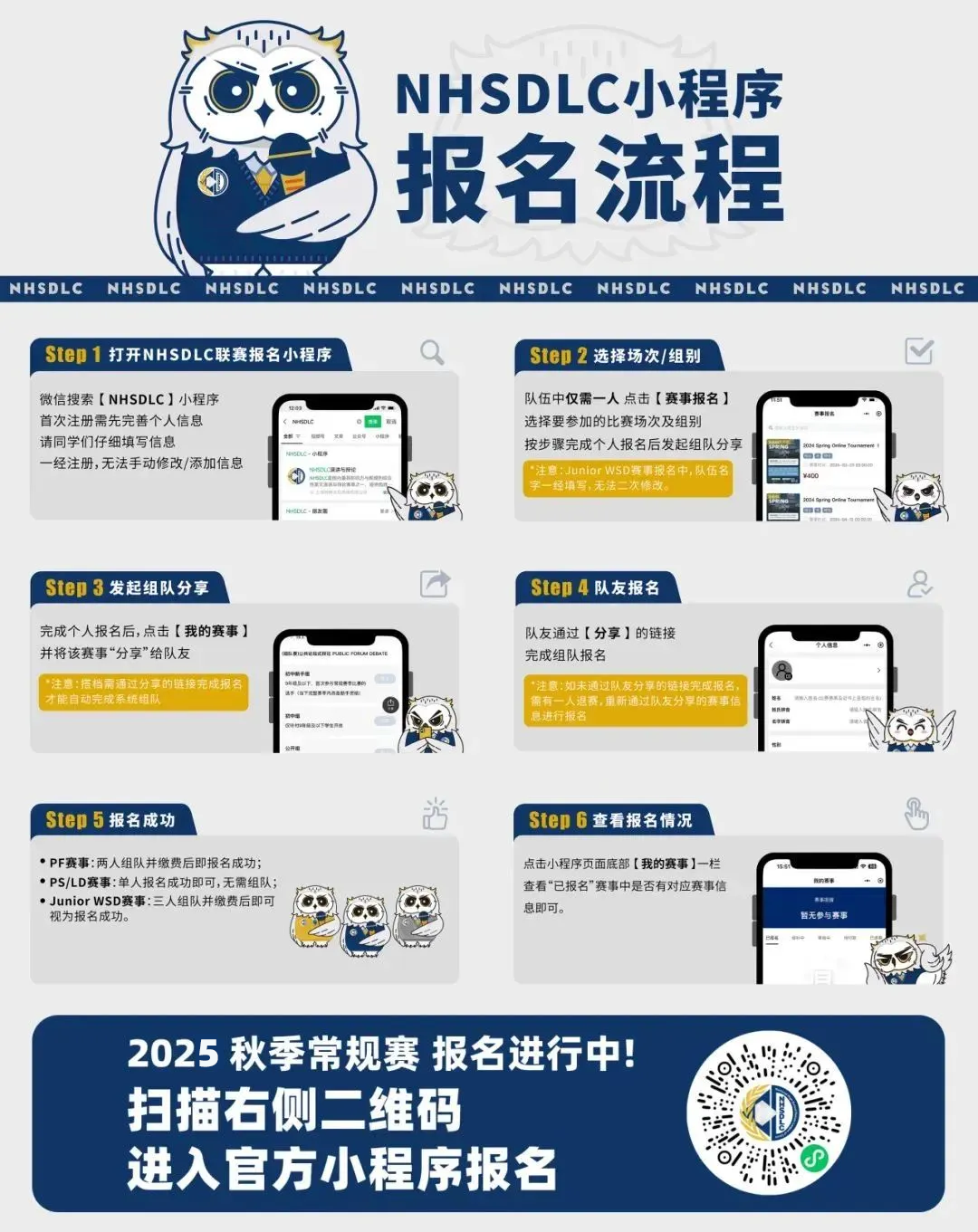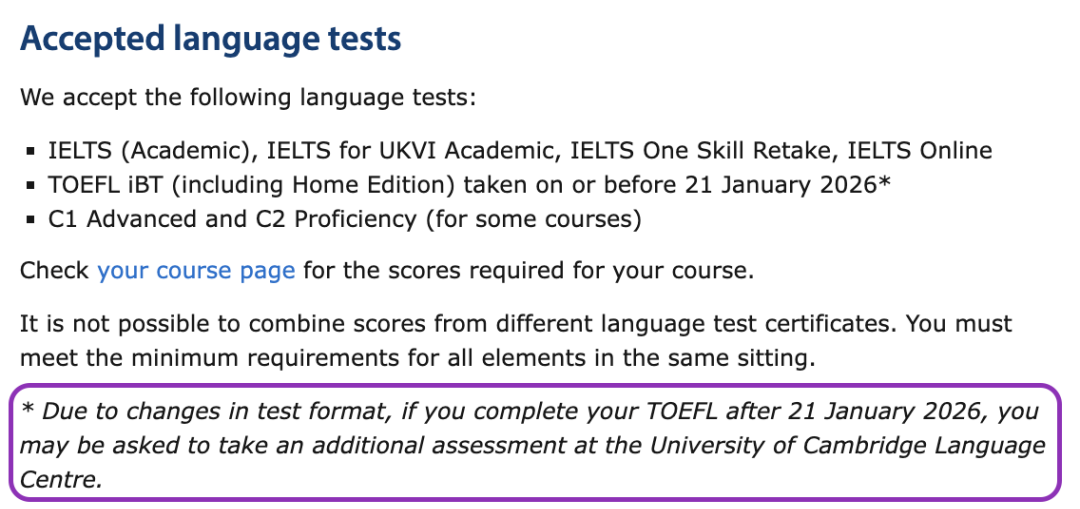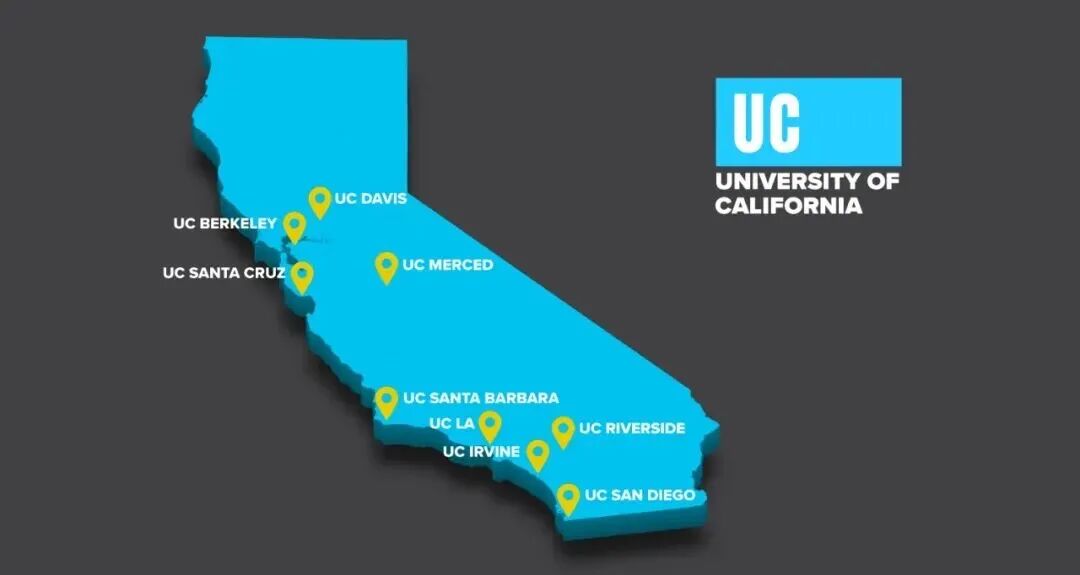前两期PF辩题锦囊中
我们分别从两个角度切入剖析了
这一问题的背景与困境
让我们在开始本期的解析前先来回顾一下吧!
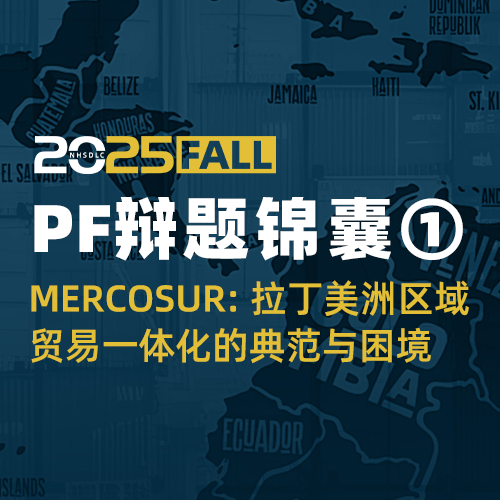
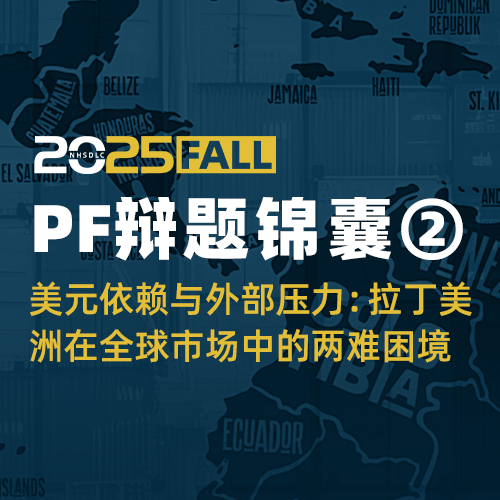
今天我们就为大家更新
秋季PF辩题锦囊系列第③期
一起来看看
技术转移与全球合作如何为
拉丁美洲的经济增长注入新动力

参与全球贸易的一个显著优势是促进技术转移和创新,这对拉丁美洲的长期经济增长、多样化和韧性至关重要。通过融入国际市场,拉丁美洲国家能够将前沿技术引入其产业,提升生产和研发能力,同时激发本土创新的活力。这一过程不仅提升了生产力,还帮助该地区应对气候变化挑战和资源效率问题。
One of the most significant advantages of engaging in global trade is the facilitation of technology transfer and innovation, which are essential for driving long-term economic growth, diversification, and resilience in Latin America. By participating in international markets, Latin American countries can integrate cutting-edge technologies into their industries, build new capabilities, and stimulate local innovation ecosystems. This process not only enhances productivity but also helps address regional challenges like climate change and resource efficiency.
全球贸易使拉丁美洲国家能够从美国、德国、日本和韩国等发达国家获取先进技术。这些交流通常通过供应链整合和合资企业的形式,推动当地创新,涉及工业自动化、可再生能源、信息技术和生物技术等关键领域。
Global trade enables Latin American countries to access advanced technologies from developed economies, including the United States, Germany, Japan, and South Korea. These exchanges introduce innovations in areas such as industrial automation, renewable energy, information technology, and biotechnology, often through supply chain integrations and joint ventures.
例如,墨西哥的汽车产业通过与美国的贸易联系,获得了巨大的技术进步,吸引了如机器人装配线、准时制库存系统和工业4.0(人工智能与机器人技术)等现代制造技术的引入。在USMCA推动的近岸外包趋势以及美国关税政策的影响下,墨西哥成功吸引了电动汽车(EV)生产投资,其中本土设计的Olinia EV项目便是其中之一,旨在为当地家庭提供更实惠的可持续出行选择。这些进步不仅提升了生产力和产品质量,也使墨西哥在面对经济放缓和贸易紧张等挑战时,依然能够稳步成为北美汽车供应链的关键环节。
For example, Mexico's automotive industry has seen substantial benefits from trade ties with the U.S., incorporating modern manufacturing techniques like robotic assembly lines, just-in-time inventory systems, and Industry 4.0 technologies such as AI and robotics. Amid nearshoring trends driven by USMCA and recent U.S. tariffs, Mexico has attracted investments in electric vehicle (EV) production, with projects like the domestically designed Olinia EV aiming to make sustainable mobility affordable for local families. These advancements have boosted productivity, improved quality control, and positioned Mexico as a pivotal player in North America's automotive supply chain, despite challenges from economic slowdowns and trade tensions.
除了进口技术,全球贸易还充当了在拉丁美洲建立全新产业的催化剂。通过国际伙伴关系,该地区获得了扩展生产能力所需的专业知识和资源,从而推动了可观的出口导向型增长。这些合作不仅促进了当地产业的发展,还帮助拉丁美洲国家在全球市场中占据了更加重要的地位。
Beyond importing technology, global trade acts as a catalyst for establishing entirely new industries in Latin America. International partnerships provide the expertise and resources needed to scale up local capabilities, often leading to export-oriented growth.

以巴西的航空航天行业为例,巴西航空工业公司(Embraer)利用全球合作的机会,提升了其飞机制造能力。最近,该公司与印度马恒达集团在国防项目上的合作,以及与Novelis在可持续铝供应方面的合作,显著增强了Embraer的生产能力。尽管面临一些供应链挑战,Embraer仍预计到2025年底交付222至240架飞机。这些国际合作不仅促进了技术知识的流动,还推动了本地技术研发,提升了巴西在全球市场的竞争力,并对拉丁美洲约12,000家领先初创企业产生了积极影响。
Brazil's aerospace sector exemplifies this, with Embraer leveraging global collaborations to build its aircraft manufacturing prowess. Recent partnerships, such as with Mahindra for defense projects in India and Novelis for sustainable aluminum supply, have enhanced Embraer's production capacity, targeting 222-240 aircraft deliveries in 2025 despite supply chain hurdles. These alliances not only transfer technical knowledge but also foster local R&D, enabling Brazil to compete globally and nourish over 12,000 startups in its top-ranked Latin American ecosystem.
此外,技术转移还能够激励当地建立完善的研发体系。随着拉丁美洲企业逐步迎头赶上国际创新的步伐,它们不仅需要开发符合特定情境的解决方案,还要针对区域需求推出新的产品和配套服务。这不仅推动了技术进步,也有助于更广泛的经济多样化,提升了区域内各行业的竞争力。
Moreover, technology transfers can spur the creation of robust local R&D ecosystems. As Latin American firms adapt foreign innovations, they develop context-specific solutions, generating new products and services tailored to regional needs while contributing to broader economic diversification.
哥伦比亚的咖啡产业很好地体现了这一趋势。通过与欧洲和北美的贸易往来,哥伦比亚引入了可持续农业技术、产品标准和物流创新。近期,他们的重点聚焦于智能化的气候和环境保护,例如世界咖啡研究组织与Solidaridad合作的项目,推动4C认证、两栖动物监测以保护生物多样性,以及青年培训以增强韧性和提高收入。这些适应性措施不仅提升了咖啡产品的质量,还将曾经的冲突地区转变为可持续发展的典范,成为全球气候解决方案的重要示范。
Colombia's coffee industry illustrates this dynamic, where partnerships with European and North American buyers have introduced sustainable farming techniques, quality controls, and logistics innovations. Recent efforts focus on climate-smart practices, with projects like those from World Coffee Research and Solidaridad promoting 4C certification, amphibian monitoring for biodiversity, and youth training to boost resilience and incomes. These adaptations have not only elevated product quality but also transformed former conflict zones into sustainable hubs, serving as a model for global climate solutions.
在如今这个技术日新月异的时代,特别是在全球报告提到的人工智能与贸易融合的背景下,拉丁美洲积极参与国际贸易网络对于实现可持续发展和增强竞争力至关重要。通过巩固这些国际联系,拉丁美洲不仅能够更好地适应全球变化,还能为全球创新作出贡献,推动全球经济和社会进步。
In a world shaped by rapid technological shifts, including AI's integration into trade as noted in global reports, Latin America's engagement in international networks is vital for sustainable prosperity and competitiveness. By fostering these connections, the region can not only adapt to global changes but also contribute innovations that benefit the world.
2025 NHSDLC秋季常规赛正在火热报名中!
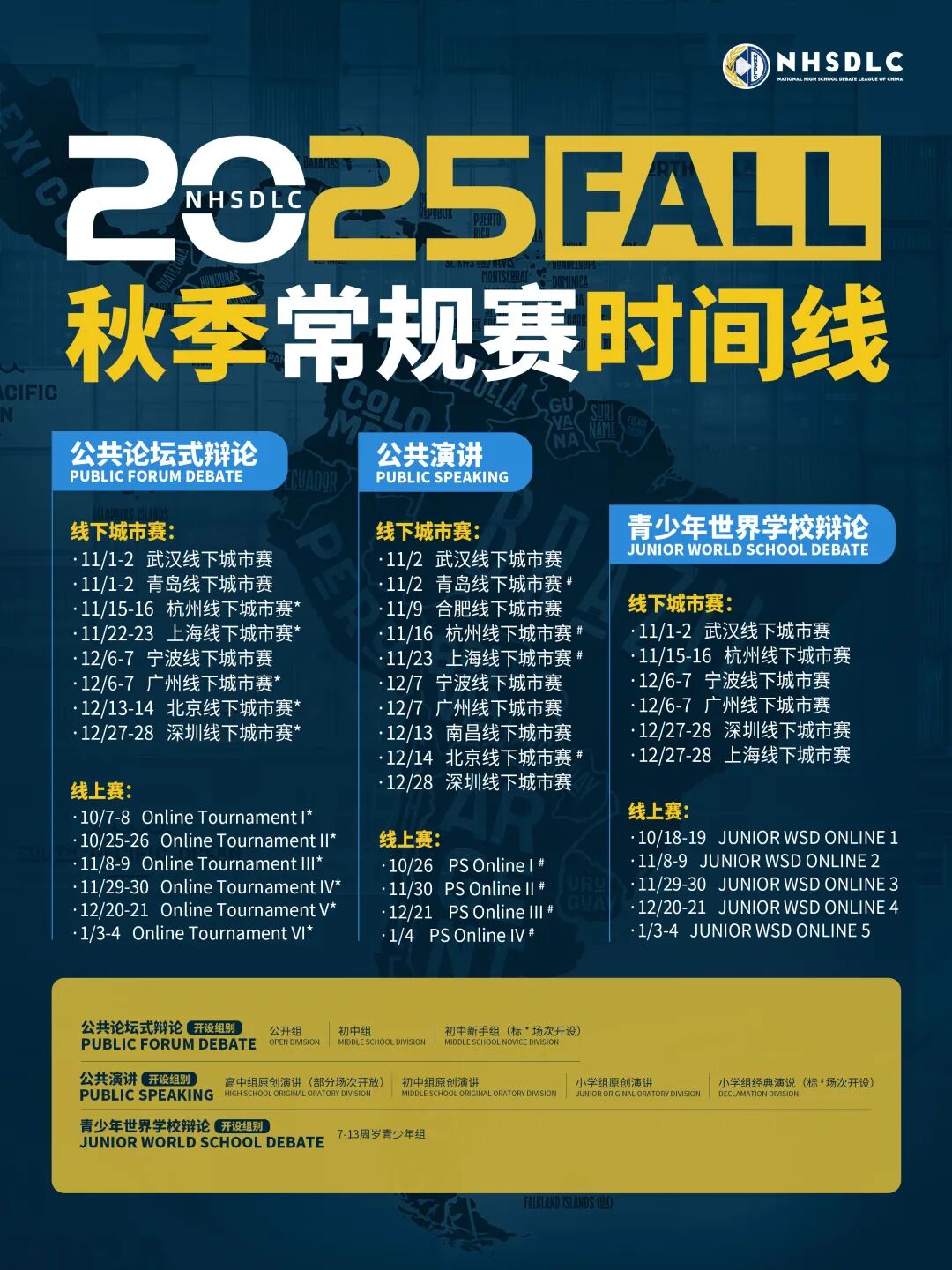
让所学所思在实战中融会贯通以最好的状态迎接2026新赛年!扫描下方二维码立即报名2026冬季训练营!
